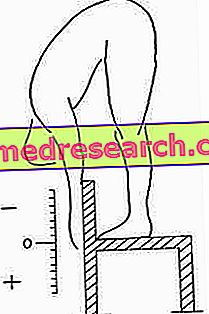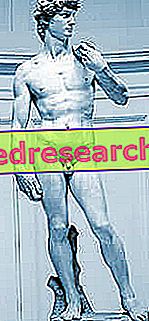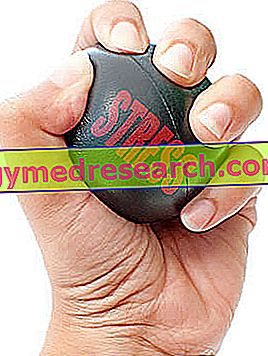FLEXIBILITY: WHY DO WE MEASURE IT?
Flexibility is important for health assessment and quality of life in general.
Many musculoskeletal problems are the result of poor flexibility.
Measuring this parameter allows you to:
highlight any limitations of joint mobility or muscle stiffness
establish a base value
monitor a rehabilitation or training program.
SUCH AS?
There is no single test that can give a score for general flexibility.
Each test is specific for a particular movement or articulation.
The general flexibility is measured with more tests for the specificity of the various joints.
The methods of measuring flexibility can be direct or indirect.
DIRECT METHOD
Measure the angular displacement between adjacent segments or from an external reference.
INDIRECT METHOD
It consists in measuring linearly the distance between body segments or between an anatomical landmark and another or an object.
Accurate and comprehensive assessment therefore takes a long time
INSTRUMENTS: typical universal goniometer (various lengths for various joints), clinical goniometer or inclinometer, flexometer, radiography or cinematography (expensive and invasive)
PROTOCOL: After adequate heating, three measurements are performed per joint and the greatest angle is taken into account.
SIT AND REACH TEST
The goal of this test is to measure the flexibility of the lower back and hamstrings.
PROTOCOL:
Sitting on the ground with your back and your head against a wall.
The legs stretched out forward with the knees close to the floor.
A co-worker places the box against his feet (barefoot).
Keeping your back and head against the wall, stretch your arms towards the box.
A co-worker places the ruler on the box and brings the zero towards the fingertips.
When the ruler touches the fingertips you have the zero point and the test can begin.

The collaborator reads the result.
Repeat twice and compare the best result with existing tables.
Be sure that there are no momentum movements and that your finger tips remain level and that your knees are extended.
Test limits
This test gives information about basic flexibility but does not indicate whether the upper part of the body or the lumbar part or the hamstrings are proportionally elongated.
TEST OF THE STOOL
Description:
The athlete, after going barefoot on a stool at least 40 cm high, must flex as far forward as possible. The legs must remain extended throughout the entire range of movement, the position must be reached gradually without springing or oscillation of the trunk. The point of maximum elongation must be maintained for at least two seconds.



